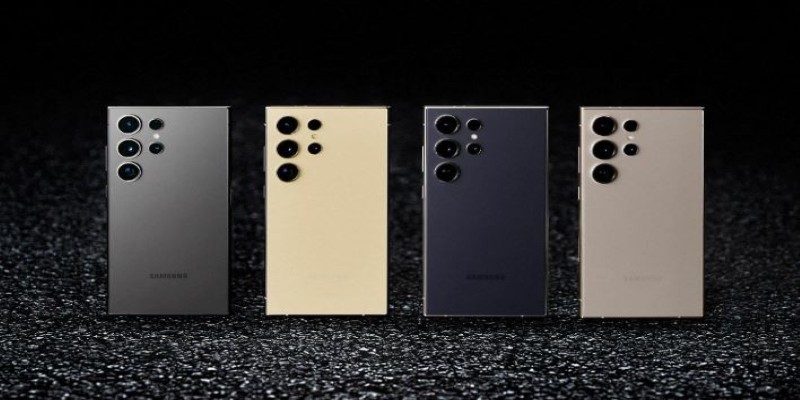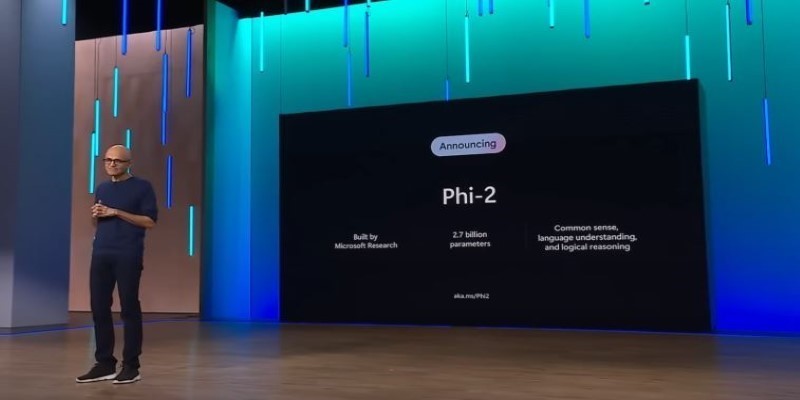Advertisement
Samsung's latest Galaxy S24 series doesn't try to dazzle with flash for the sake of it. Instead, it steps into the conversation around AI phones with a clear message: this is not about gimmicks; it's about function. With the S24, S24+, and S24 Ultra, Samsung seems less interested in chasing trends and more focused on showing what an AI-powered phone can do daily. The changes are not always loud but sharp, targeted, and often invisible until needed. That's what makes this lineup feel different. It's not just smarter—it feels a bit more aware.
The biggest shift in the Galaxy S24 series is how much of the AI is handled on the device itself. Instead of sending your data to servers for heavy lifting, the phone manages many tasks directly. Samsung is calling this Galaxy AI, but the name doesn't matter as much as what it does. Translations during calls work in real time. You can speak in one language, and the person on the other end hears you in another—live, no apps needed. It works for text, too. Type a message in English, which will be sent in Korean, Spanish, or French without a second thought.
This is possible because of upgraded chipsets. The S24 and S24+ use the Exynos 2400 in many regions, while the S24 Ultra gets the Snapdragon 8 Gen 3. These aren’t just faster—they're designed for AI processing. That means the phone can analyze your actions, adjust performance, and give you AI assistance without breaking your flow or draining the battery. It's more focused than the AI found in last year's models. There's less waiting, fewer missteps, and a sense that the phone knows what you're trying to do before you even think about it.
What makes the S24 series interesting is how the AI shows up in the features you already use. Take photography. It's easy to assume AI will ruin the photo with filters or fake effects. However, Samsung's approach is closer to editing with intent. The camera uses AI to recommend edits based on composition, lighting, and context. You can remove shadows or reflections, shift subjects slightly to balance the frame, or sharpen details without making things look unnatural. This isn't about creating a new reality but cleaning up the one you captured.

Then, there's the Circle to Search feature. Press the home button, draw a circle around anything on your screen—a product, a face, a building—and the phone instantly pulls up detailed information. No more jumping into a browser to search manually. It works well because it's not just recognizing images; it's understanding them in context.
Even writing gets a boost. The Notes app suggests summaries and rewrites your text with different tones depending on who you're talking to. It's not flawless but trims the time it takes to go from idea to finished message. Samsung's keyboard also has built-in AI that can polish your sentences or offer alternatives without switching to another app.
All three models in the S24 lineup look familiar at first glance, but the updates are real. The displays are brighter, peaking at 2,600 nits, which makes a difference outdoors. The Ultra stands out with its titanium frame—lighter and more durable than aluminum—but its real edge is its display and camera.
The Galaxy S24 Ultra has a 200MP main sensor and a new 50MP telephoto lens with 5x optical zoom. This sounds like marketing fluff until you use it. The photos come out cleaner at high zoom, especially in low light, where AI steps in to stabilize and enhance details. Video gets smarter, too. AI motion analysis helps smooth out recordings without making them look robotic. It's subtle but effective.
Battery life holds up even with all these features running. The phones learn your usage patterns, turning off background processes when unnecessary. Over time, this adaptive system helps extend battery life beyond what the hardware specs suggest. It's the type of optimization that only works when the AI works well—and here, it mostly does.
Samsung's approach to AI in the Galaxy S24 series doesn't feel like an experiment. It's not showing off—it's solving friction. Whether communicating across languages, cleaning up images, or offering help without being asked, this phone moves with you, not around you. There's still room for improvement. The voice-based features sometimes need clearer enunciation, and not all translations are flawless. But the foundations are strong.

Samsung is positioning the Galaxy S24 series as the smartest AI phone available, and in daily use, that claim holds up more often than not. This isn't a phone that guesses what you want—it learns from how you use it and offers tools that shave seconds off tasks you repeat daily. Whether searching for an image, editing a note, or translating a call, these tools quietly improve your day instead of trying to impress you with tech tricks.
The AI here doesn't just feel new for anyone who uses their phone to work, connect, and create. It feels necessary. There's no pressure to use it all at once. But as you get used to it, it becomes harder to give up. That's what separates this lineup from earlier smart devices. It doesn't make you adapt to it—it adapts to you.
The Galaxy S24 series doesn’t scream for attention. It doesn’t flash new features or wrap itself in hype. Instead, it offers real AI tools that work quietly and well, improving things you already do. That’s what makes it the smartest phone around. It doesn’t force you to think about how it works—it just works. From voice translation during calls to AI-enhanced photography and context-aware search, this phone brings AI into your life without asking you to change how you live. If smart means useful, the Galaxy S24 has earned the title.
Advertisement

How indentation in Python works through simple code examples. This guide explains the structure, spacing, and Python indentation rules every beginner should know

Gemma 3 mirrors DSLMs in offering higher value than LLMs by being faster, smaller, and more deployment-ready

Explore the Python strftime() function and how it helps convert datetime objects into formatted strings. Learn common usage, tips, and avoid pitfalls in this detailed guide

Policymakers analyze AI competition between the U.S. and China following DeepSeek’s significant breakthroughs.

How to use permutation and combination in Python to solve real-world problems with simple, practical examples. Explore the built-in tools and apply them in coding without complex math

How to apply the COUNT function in SQL with 10 clear and practical examples. This guide covers conditional counts, grouping, joins, and more to help you get the most out of SQL queries

Hugging Face enters the world of open-source robotics by acquiring Pollen Robotics. This move brings AI-powered physical machines like Reachy into its developer-driven platform

IBM AI agents boost efficiency and customer service by automating tasks and delivering fast, accurate support.

How Phi-2 is changing the landscape of language models with compact brilliance, offering high performance without large-scale infrastructure or excessive parameter counts

Google debuts new tools and an agent protocol to simplify the creation and management of AI-powered agents.

Discover the top data science leaders to follow in 2025. These voices—from educators to machine learning experts—shape how real-world AI and data projects are built and scaled

How to use Librosa for handling audio files with practical steps in loading, visualizing, and extracting features from audio data. Ideal for speech and music and audio analysis projects using Python